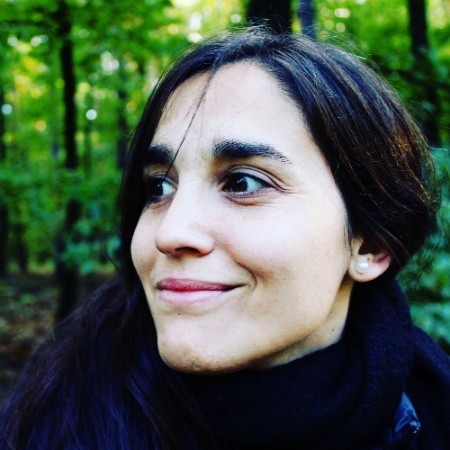By Johanna Loomis, Lead Industrial Designer
Design-driven Culture benefits all
Vay is a technology-driven company from the ground up. The early founding years focused on developing an amazing and complex core technology. Now the technology is stepping further towards commercialization.. What role does design play in this journey?

Design-driven culture
We as designers are creative not just because we want to make products more beautiful, but because we want to serve a purpose. We exist to make technology more innovative, more useful, and more empathetic to the user.
Our UX Design Team at Vay is fortunate to have a CEO that is passionate about driving ideas and visions, creative and open minded to innovation, so we have a good standing within the company. This helps us tremendously to be involved in many projects that may not be design projects by nature. To give an example, the UX Researcher has a big impact on the choice of the ODD (operational design domain, which defines the operational area, as well as operating hours and connectivity conditions for our service) for launch. This information is heavily business related. UX research looks into this issue from a user perspective and uses classic research methods to collect data on how and where people move in a city to understand the infrastructure and make decisions.
Implicit Requirements
As a brand we want to identify and offer unexpected key-moments in the user interaction with our product. With the end-to-end user testing method, we collect UX requirements and come across obvious as well as hidden details that allow us to create key-moments and an integrated customer experience.
Design creates an environment for customers to build up an emotional connection to the brand. After all, this is the only way to make the brand relevant to the customer. In addition to its explicit practical functions, design also has implicit social functions that are not immediately apparent. Our customers are familiar with car-sharing products, and they would never mention, for example, that they expect a car that doesn’t smell bad or is clean. Some of these unspoken expectations are simply logical, but we still need to be aware of them, because here lies the chance to find important differentiators to the competitors.
Holistic Design Language
My role as Industrial Design Lead is closely linked to UX research, technology development and product management. The flagships for our service are the modified E-Vehicles as well as the Teledrive Station. These products shape the Vay brand for our user groups. Design symbolises the brand values and makes them tangible. Which is the internal Teledriver, and on the other side the external customers. Although one will never see the other in real life, we see great value in speaking one language across multiple touchpoints. Accordingly, an overarching design strategy is essential for a consistent image and design quality.
Design thinking as problem solver
However, design also has other important roles within the company organisation and culture. Design thinking, used as a tool can facilitate the search for solutions in a wide variety of teams. Traditionally only used by Designers to open up to lateral thinking, it can for example support the Legal Team. As Lawyers our Legal Team usually rather follows conventional ways of solution finding. Designers can facilitate workshops to gather and combine ideas from different stakeholders in a creative way to seek new ways of finding solutions. Thinking outside the box, and on a cross-category on a high-level and not only in depth can bring surprising new insights.










